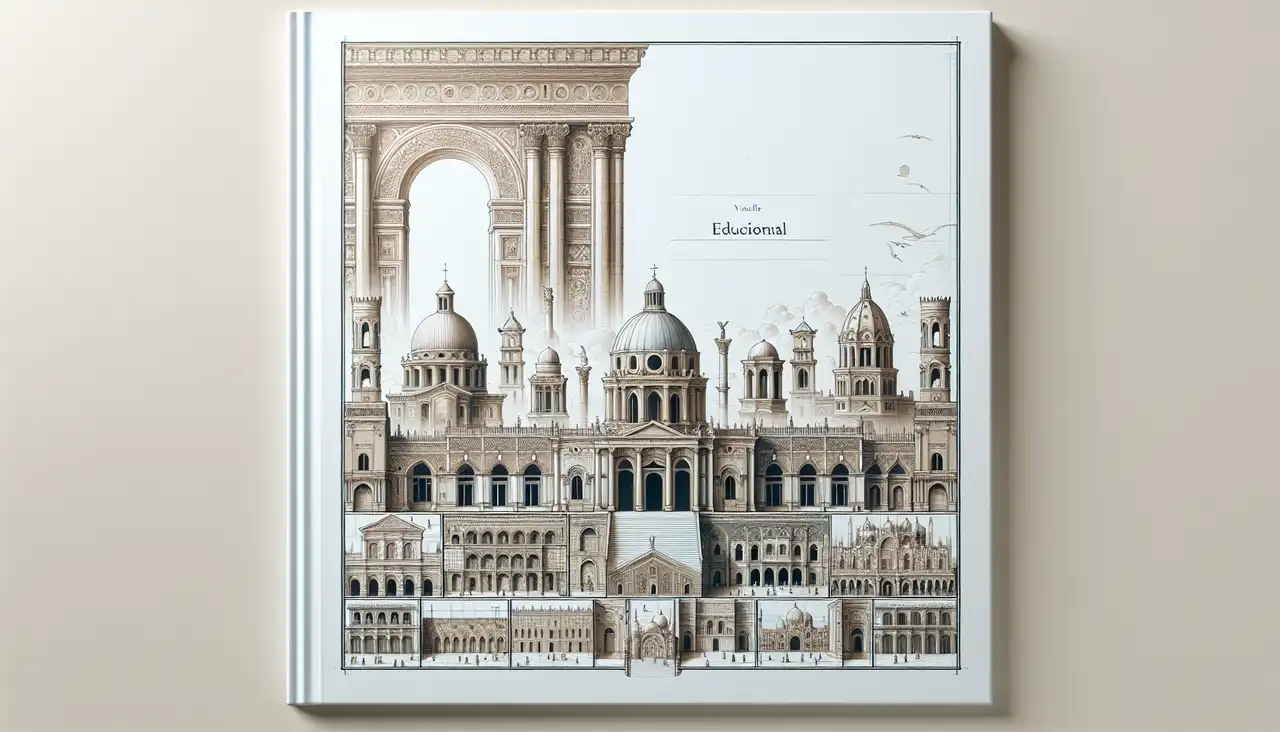

Heather Renée Barker
Professor focused on real-world applications of design, Heather Renée Barker is a tenured Professor of Design at California State University Long Beach. She is the founding coordinator of the MA_HXDI program and the Immersive Design Research Lab (IDRL), where she spearheads innovative research and educational initiatives. Her academic and professional pursuits are deeply rooted in urban studies, immersive design, and human-centered design, reflecting her commitment to addressing complex urban challenges through both digital and analog methodologies. Barker's work is characterized by a seamless integration of theory, research, and practice, which has earned her recognition on an international scale. Her contributions to the field are evident through her extensive consulting work, engaging workshops, and numerous publications. She is passionate about teaching and has shared her expertise with students and professionals around the world, fostering a new generation of designers who are equipped to tackle the pressing issues of urban environments. Her academic journey is as diverse as her professional endeavors. Barker holds a Master of Architecture from the Southern California Institute of Architecture (SCI-Arc), a prestigious institution known for its forward-thinking approach to design education. Additionally, she has pursued studies at the Academy of Fine Arts in Munich and the University of Cincinnati, enriching her perspective with a blend of artistic and technical insights. As a human urbanist, Barker is dedicated to leveraging design as a tool for social change, emphasizing the importance of human-centered approaches in creating sustainable and livable urban spaces. Her research interests lie at the intersection of urban studies, immersive design, and human-centered design, where she continues to push the boundaries of what is possible in the realm of architecture and urban planning. Through her leadership at the IDRL and the MA_HXDI program, Barker is committed to fostering an environment of innovation and collaboration, where students and researchers can explore new frontiers in design. Her work not only addresses the immediate needs of urban communities but also anticipates future challenges, ensuring that her contributions to the field remain relevant and impactful.
Publications
, 888-898, 2016-01-01